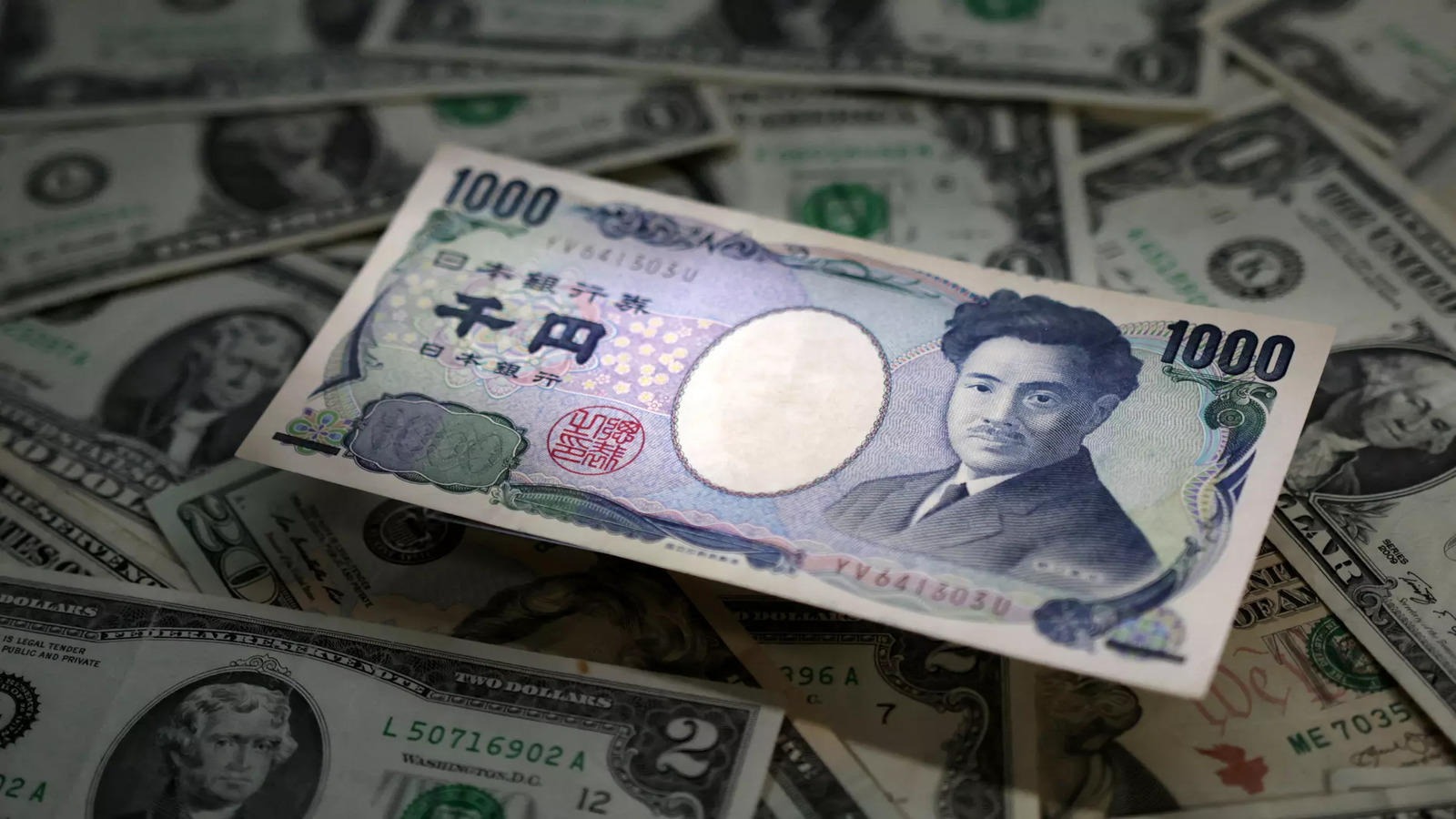On Tuesday, the dollar’s tentative movement reflected a cautious market sentiment despite U.S. Treasury yields and developments in global economic dynamics. While the dollar showed slight gains against the yen, it struggled to gain huge momentum, partly due to ongoing concerns about intervention from Japanese authorities.
The yen’s persistent weakness, hovering near multi-decade lows, has drawn attention from traders and policymakers alike. Japanese Finance Minister Shunichi Suzuki reiterated that Tokyo is prepared to take action against excessive yen depreciation, emphasizing the government’s commitment to stability in currency markets.

Japanese yen (Credits: Mint)
The Financial Standing
On the economic front, Bank of Japan Governor Kazuo Ueda’s remarks about potential adjustments to monetary stimulus underscored central banks’ complications in managing inflation and economic growth.
In a different light, the New Zealand dollar exhibited strength, reaching a more than two-week high against the dollar. This resilience came despite a private think tank survey indicating a softening in business confidence, highlighting the nuanced factors influencing currency movements.
Sterling and the euro remained relatively steady against the dollar, with market participants monitoring geopolitical developments and economic indicators for further cues.
The broader market context includes the dollar index’s position near a two-week low, reflecting a nuanced response to rising U.S. Treasury yields. While higher yields typically support the dollar, the currency’s muted reaction suggests broader factors at play, such as global economic conditions and risk sentiment.
An Ending Oversight
Market sentiment regarding Federal Reserve policy also influenced currency dynamics. Expectations of around 60 basis points of easing for the Fed this year signal evolving views on monetary policy trajectories and their impact on currency markets.
The upcoming U.S. inflation data, scheduled for Wednesday, is poised to be a focal point for investors, offering insights into economic trends and potential implications for central bank actions.

US Treasury (Credits: Investopedia)
In addition to currency movements, geopolitical factors and commodity prices contribute to market dynamics. The strength in commodity prices reflects broader trends in the global economy, including expectations of a “global reflation trade.”
Elsewhere, despite economic data and central bank actions, the Australian dollar’s modest gains and the Chinese yuan’s stability underscore global currencies’ interconnectedness and responses to varying stimuli.
Lastly, the currency landscape remains dynamic and influenced by various factors, including economic data releases, central bank policies, geopolitical events, and market sentiment. Traders continue to change these complications while seeking opportunities and managing risks in currency markets.























